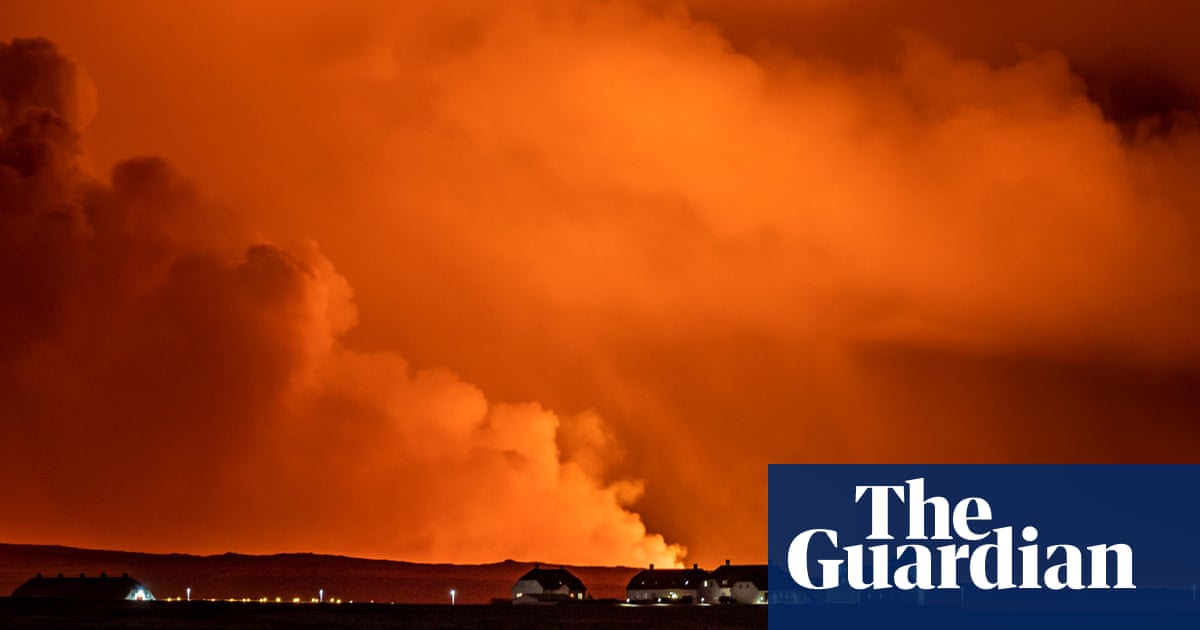
1/TRANSITORY OR NOT
The dollar is on the ropes, having erased its gains for 2020 versus a basket of currencies. The reversal stems from the Federal Reserve"s apparent resolve to keep printing money at the current pace despite signs of an economic and inflation rebound.
Fed officials mostly dismiss higher prices as transitory and stemming from base effects. That view will be tested on May 28 by the latest reading of the personal consumption expenditures (PCE) index.
The core PCE, excluding food and energy, is the Fed’s preferred inflation measure for its 2% flexible average target. It was up 1.8% in the 12 months to March.
If the Fed sticks to its guns even in the face of a blowout PCE print, the dollar could lurch lower still. That should add fuel to the commodity rally and boost equity sentiment. But watch the crypto market - a repeat of this week"s wobbles could bring back the safe-haven bid.
-What U.S. inflation signs would cause Fed to change course?
2/ZEROING IN
Germany"s 10-year Bund yield is fast approaching 0% . A big deal? - Yes and no.
Germany would actually be the last of the euro zone sovereigns to see negative 10-year borrowing costs turn positive. It"s evidence that the entrenched pessimism about the region"s economy is finally fading.
That, alongside the rise in inflation expectations explains why the ECB doesn"t appear too worried about the moves. And with stimulus still in place, the scope for a further rise in borrowing costs should be limited.
Still, watch ECB talk in the days ahead. A sharper, more protracted move that takes Bund yields above 0% could put an end to any talk of slowing emergency bond buys in the near future.
- ANALYSIS-Rising bond yields, calm ECB - this time is different
3/DOUSING THE SUPER CYCLE?
Commodity and energy markets have been supercharged this year, recording synchronised price gains not seen in more than a decade.
Oil is near $70 a barrel, the highest in more than two years, and the reopening of economies has lifted industrial metals to record highs. Surging demand has been met with supply bottlenecks and shipping delays.
China, which has driven global metal markets for more than a decade, is now pledging to curb unreasonable price increases for consumers. That might bring relief to commodity importers facing inflation pressures. It remains to be seen if the move also dampens recovery prospects for commodity-reliant developing nations.
EXPLAINER-What’s happening with industrial commodity prices in China?
4/FLYING KIWI?
New Zealand"s virus-elimination strategy has delivered an economic recovery way ahead of expectations, meaning it may soon join Norway and Canada in beginning to plan rate rises.
At the February meeting of the Reserve Bank of New Zealand, rate hikes were not on the radar but the one on May 26 comes on the heels of a stimulatory budget, roaring business and inflation indicators and a government directive to consider the housing market while setting policy.
Swaps markets are pricing rate rises from 2022. The bank may not go so far as speaking of those but what"s possible is taper talk or a timeline that puts the RBNZ ahead of most of its developed-world peers.
5/SELL IN MAY
Markets saw it coming - they were at record highs well before the first-quarter earnings season saw companies delivering one of the strongest profit jumps on record. The bumper earnings flows were therefore met on markets with a yawn.
Is it the "sell in May" trade? With a few days left of the month, the S&P 500 is in the red after three months of gains and Europe"s STOXX 600 (.STOXX) is barely afloat.
But the second quarter offers reasons to be cheerful, with S&P 500 earnings seen expanding by almost 62% and European profit growth expected to rise around 93%.












